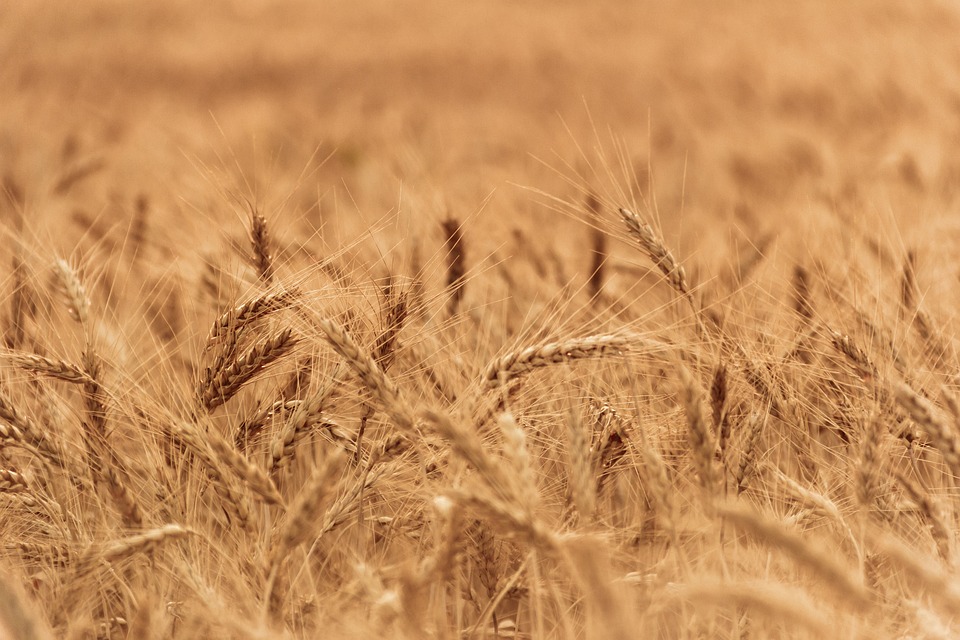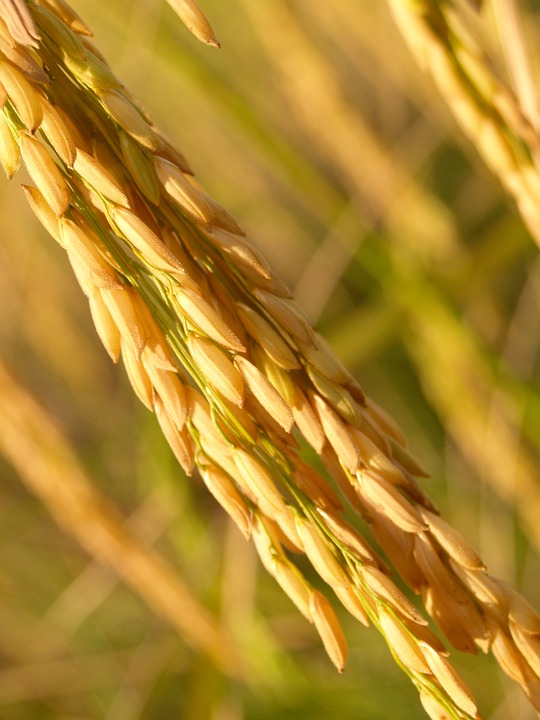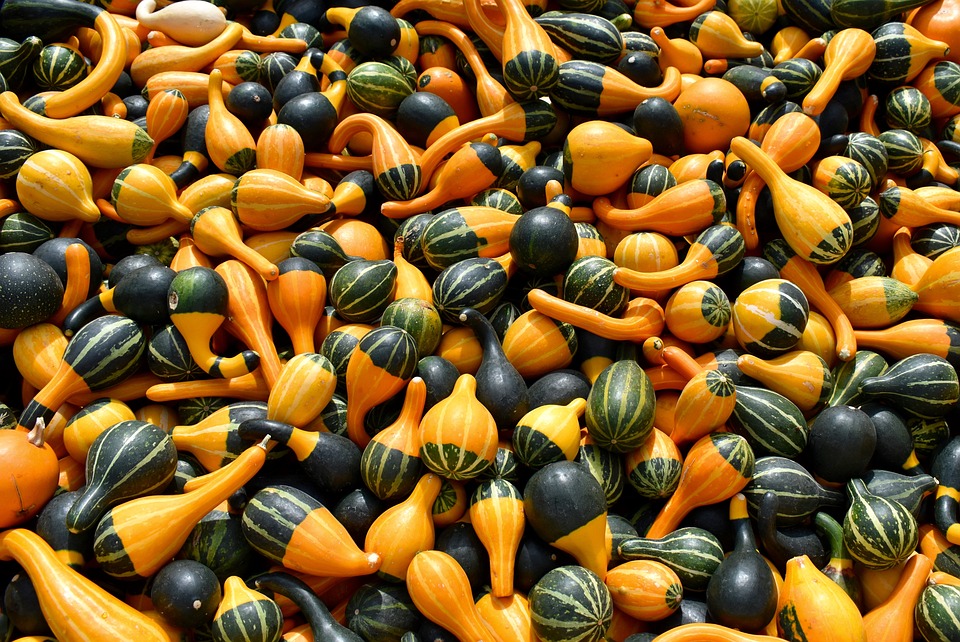The Economics of Sustainable Agriculture: Balancing Profit and Planet
The Economics of Sustainable Agriculture: Balancing Profit and Planet I have always been passionate about sustainable farming and gardening. My journey into this way of life began many years ago when I decided to live off the grid and embrace a more self-sufficient lifestyle. As I immersed myself in sustainable agriculture, I realized that there is a delicate balance to be struck between making a profit and caring for the planet. In this article, I will explore the economics of sustainable agriculture, and how farmers and gardeners can navigate the challenges of creating a sustainable business while prioritizing environmental stewardship. Sustainable agriculture is a growing movement that seeks to produce food in a way that is good for the planet, good for the farmer, and good for the consumer. This approach emphasizes soil health, water conservation, biodiversity, and the use of regenerative farming practices. While the benefits of sustainable agriculture are clear, there are also economic considerations that can make it challenging for farmers to embrace this approach fully. One of the key economic challenges of sustainable agriculture is the initial investment required. Transitioning to sustainable farming practices often involves significant upfront costs, such as purchasing new equipment, implementing new infrastructure, and investing in training and education. These costs can be a barrier for many farmers, particularly those who are already operating on thin profit margins. Another economic consideration is the potential for lower yields in the short term. Sustainable farming methods often prioritize long-term soil health and resilience over immediate high yields. While this can lead to lower production in the short term, it can ultimately lead to more consistent and reliable yields over time. However, the trade-off can be difficult for farmers who rely on high yields to make ends meet. Despite these challenges, there are also economic benefits to sustainable agriculture that can make it a viable and profitable option for farmers. For example, sustainable farming methods can lead to reduced input costs over time. By prioritizing soil health, farmers can reduce their reliance on expensive chemical fertilizers and pesticides, which can lead to significant cost savings. Additionally, sustainable farming practices can help farmers access new markets and differentiate their products, potentially leading to higher prices and increased demand. In addition to reduced input costs, sustainable farming can also lead to increased resilience and stability in the face of environmental challenges. For example, farmers who prioritize soil health and biodiversity are better equipped to weather extreme weather events, such as droughts or floods. This resilience can provide a competitive advantage and help farmers maintain consistent production even in the face of unpredictable weather patterns. Furthermore, sustainable agriculture presents opportunities for diversification and value-added products. For example, farmers can explore opportunities to sell directly to consumers through farmers’ markets, CSAs, or online platforms. By cutting out the middleman and selling directly to consumers, farmers can capture a larger share of the retail price and build stronger relationships with their customers. Additionally, farmers can explore value-added products such as jams, preserves, or artisanal goods, which can command higher prices and create new revenue streams. Pro tips: – Embrace diversification: Diversifying your products and revenue streams can help mitigate risk and create new opportunities for profit in sustainable agriculture. – Build relationships with your customers: Direct-to-consumer sales can provide higher profit margins and valuable feedback from your customers. – Prioritize soil health: Healthy soil is the foundation of sustainable agriculture, and investing in soil health can lead to long-term economic benefits. In conclusion, the economics of sustainable agriculture require a careful balancing act between short-term costs and long-term benefits. While there are certainly challenges to navigate, there are also numerous economic opportunities that make sustainable agriculture a viable and profitable path for farmers. By prioritizing soil health, reducing input costs, embracing diversification, and building relationships with customers, farmers can create a sustainable business that is good for both the planet and their bottom line.









